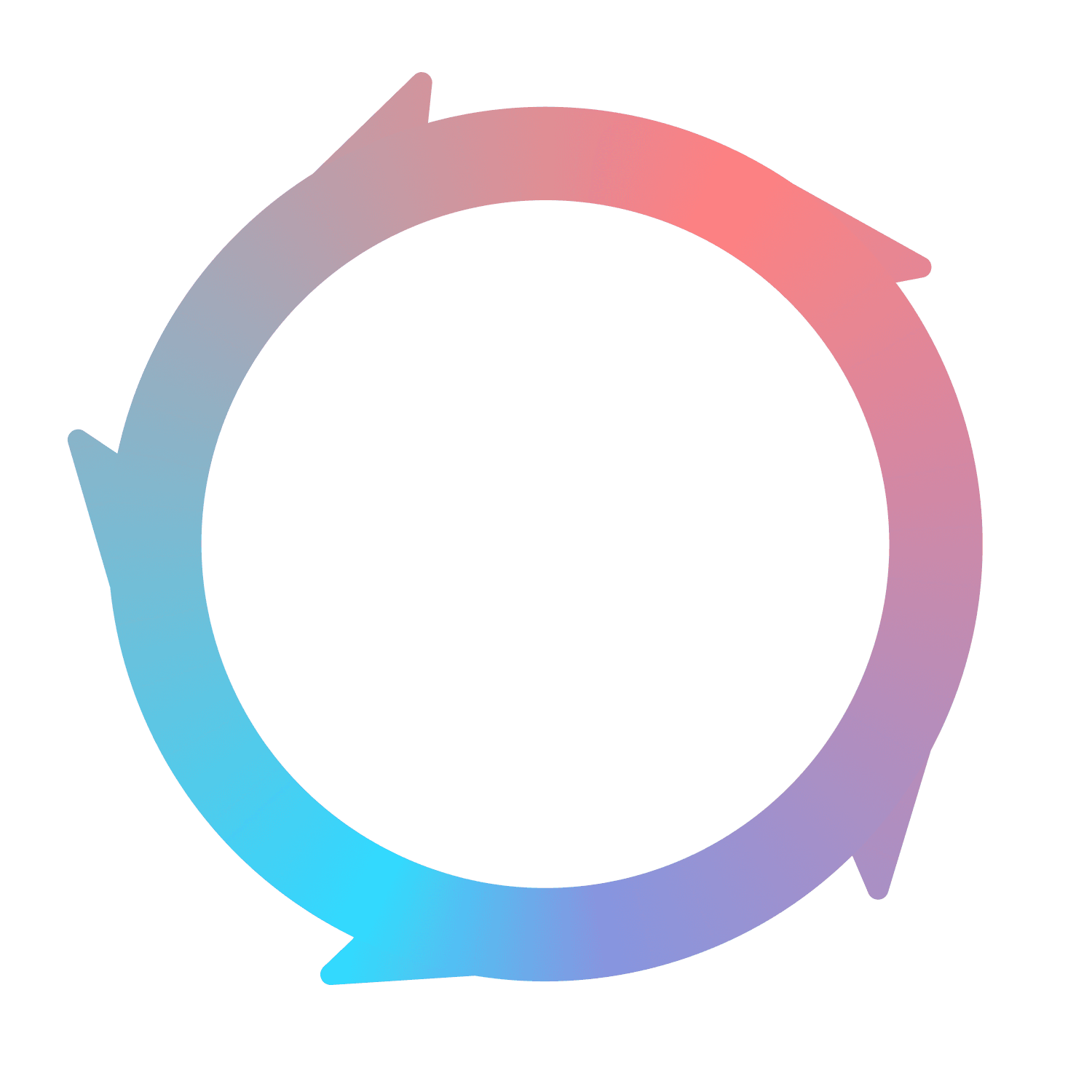Design
User Experience (UX)
Definition of
User Experience (UX) refers to the overall experience that a user has while interacting with a product or service. It encompasses every aspect of the interaction, including the design, usability, functionality, and accessibility of the product/service. The ultimate goal of UX is to provide users with a seamless and enjoyable experience that meets their needs and expectations.
Good UX design can lead to increased customer satisfaction, loyalty, and engagement. For example, a website with a clear and intuitive navigation system, responsive design, and fast loading times provides a positive user experience. On the other hand, a website with confusing navigation, slow loading times, and poor design can frustrate users and lead to a negative experience. Therefore, UX is a crucial factor in digital marketing and should be prioritized in any digital products or services.
As an example for B2B SaaS, consider a cloud-based customer relationship management (CRM) software that is designed to help businesses manage their customer interactions and data. The UX of the software may include factors such as the ease of use of the interface, the accessibility of features and functions, and the responsiveness of the software to user inputs. The software may also offer customization options, such as the ability to tailor the dashboard to the user's preferences or to integrate the software with other tools that the user already uses. Additionally, the software may offer a range of customer support options, such as live chat or phone support, to help users get the most out of the software and address any issues or questions they may have. By focusing on creating a positive and intuitive user experience, the software provider can improve customer satisfaction and loyalty, increase user engagement and adoption, and drive business growth over time.










































